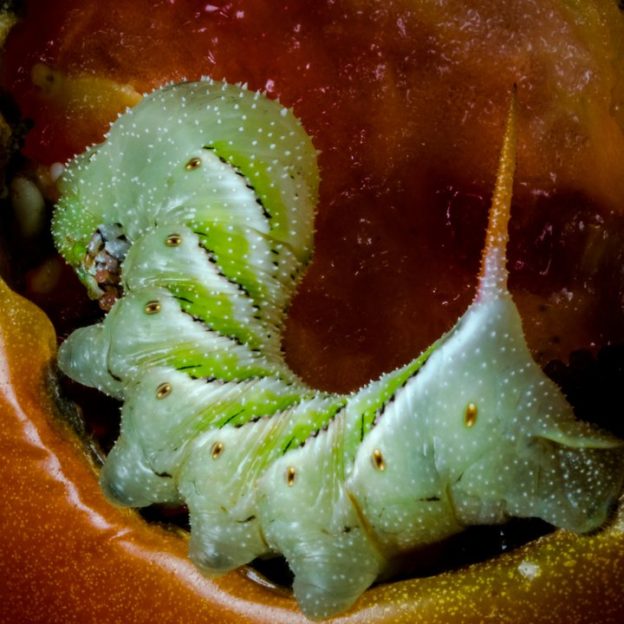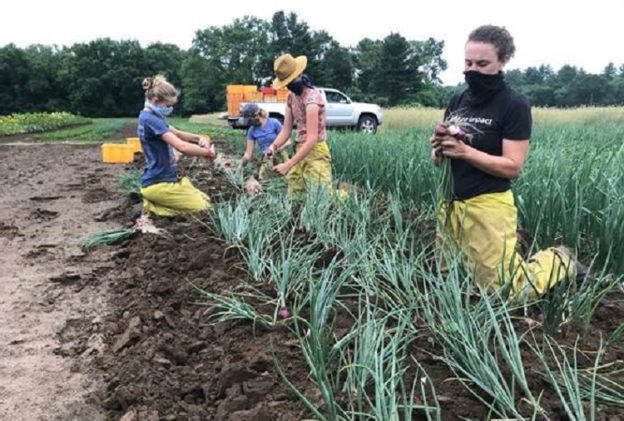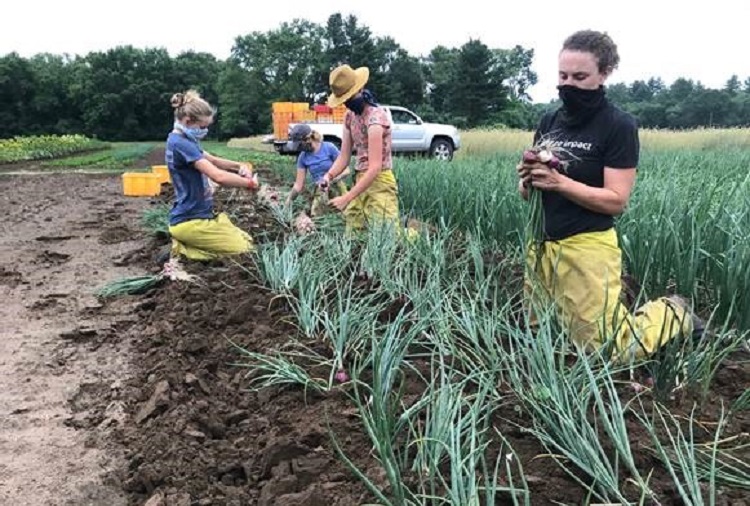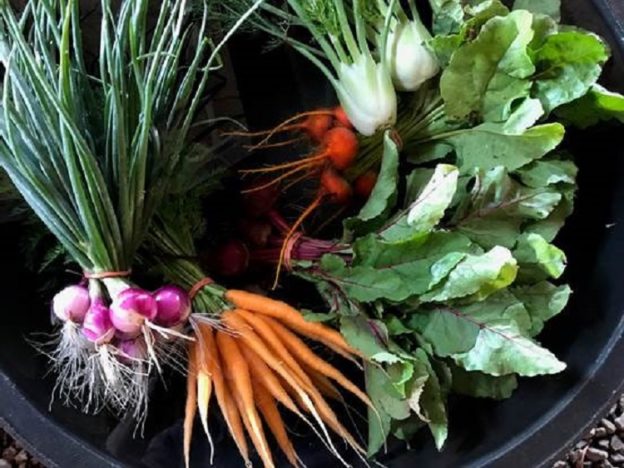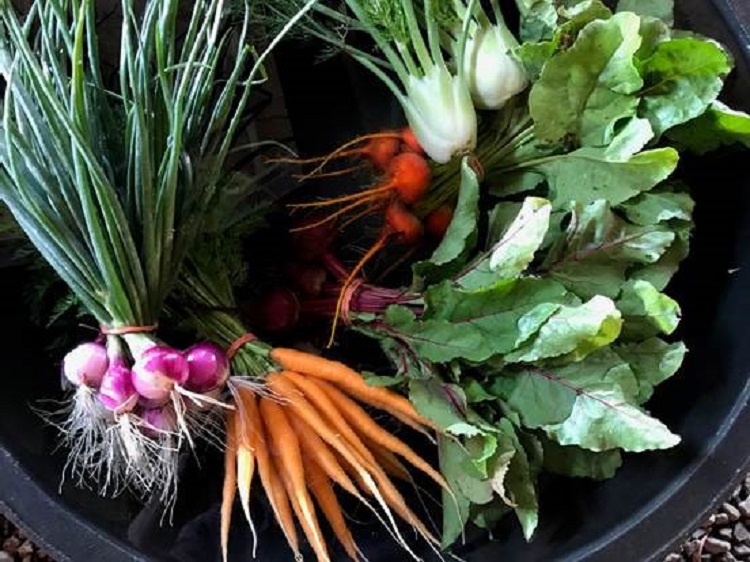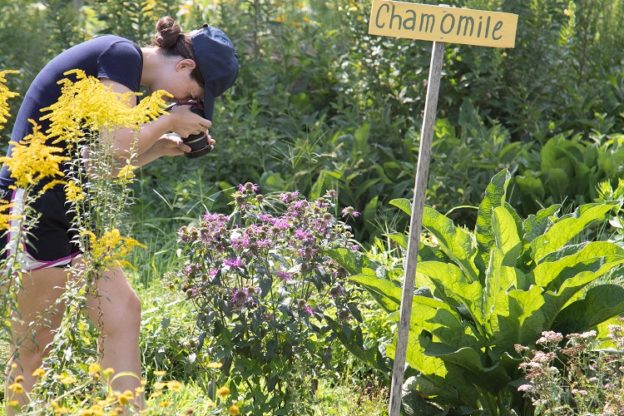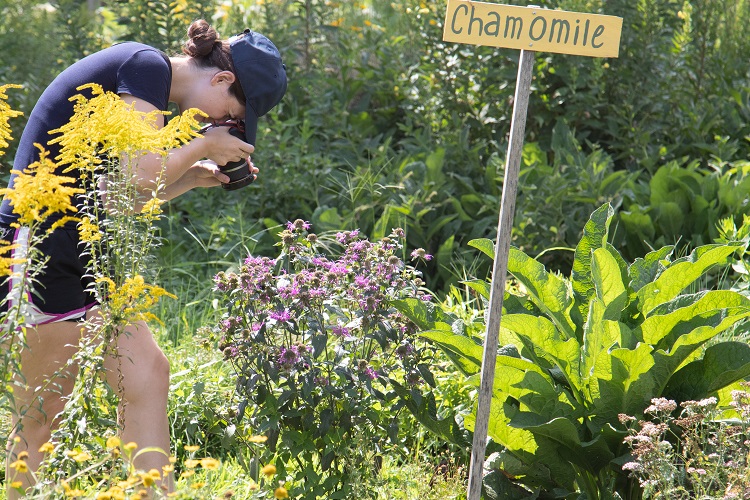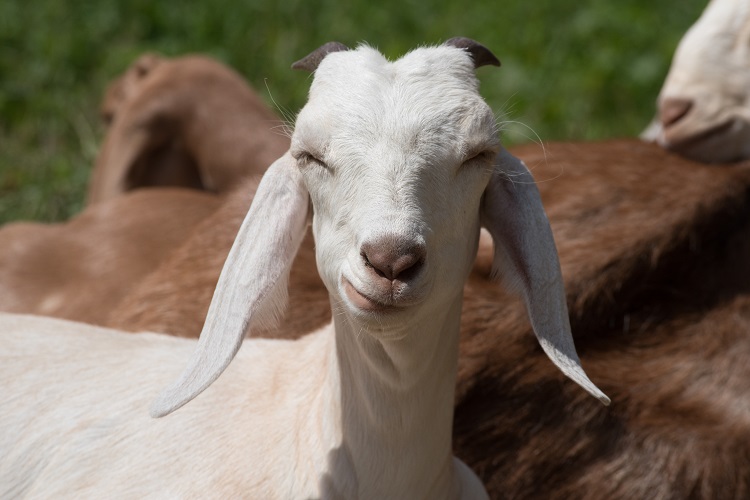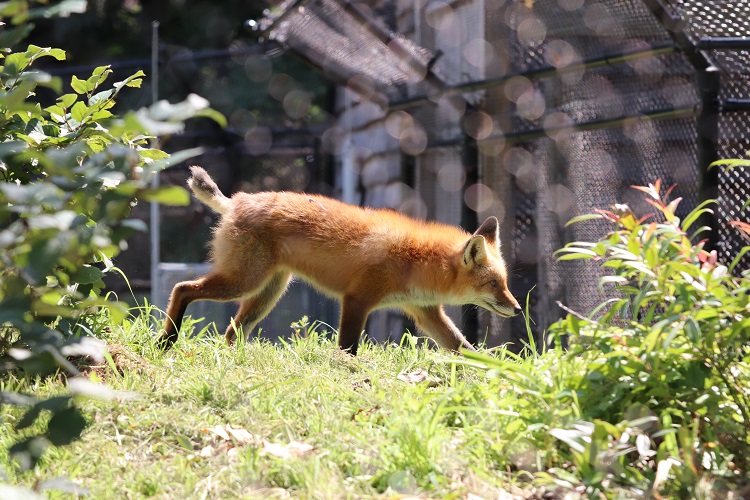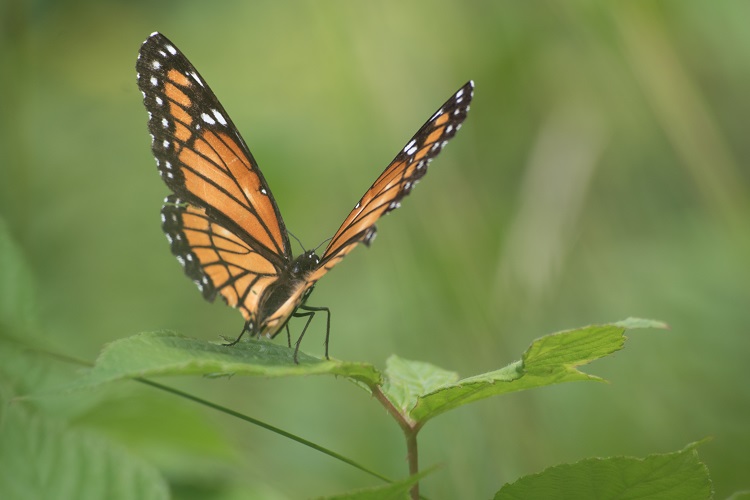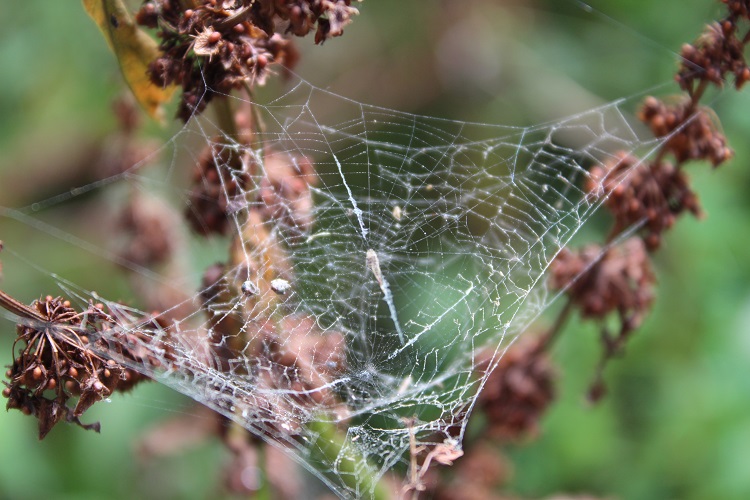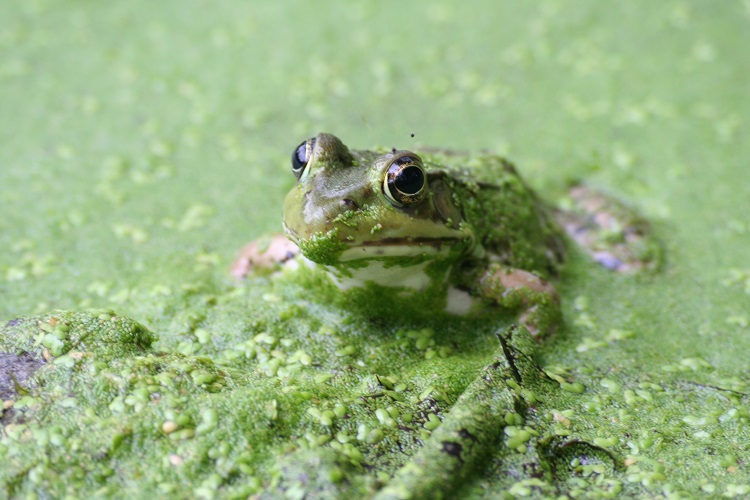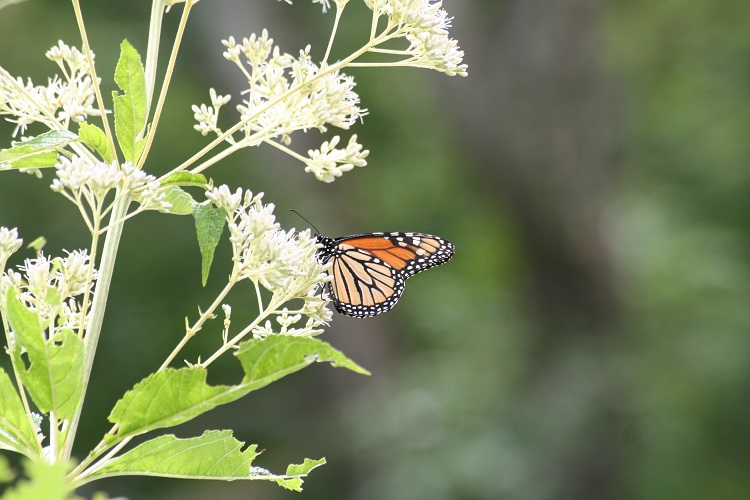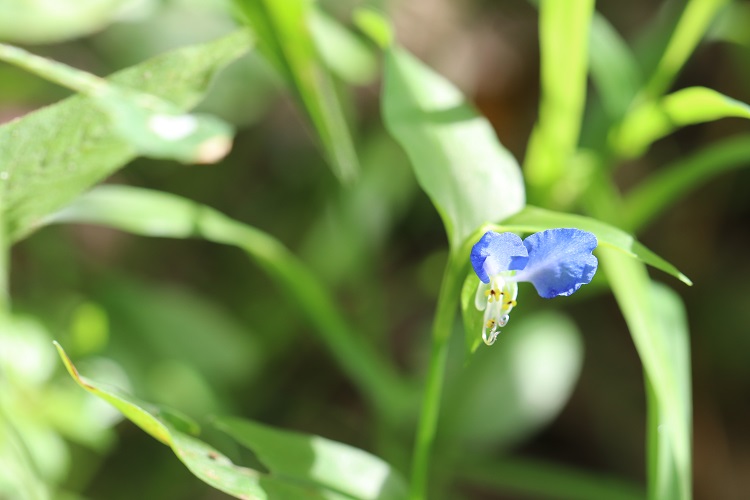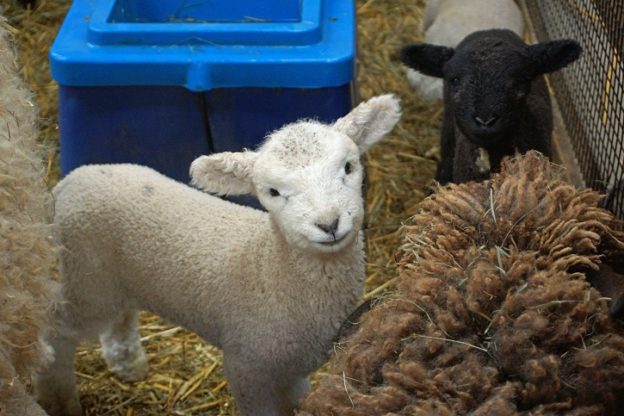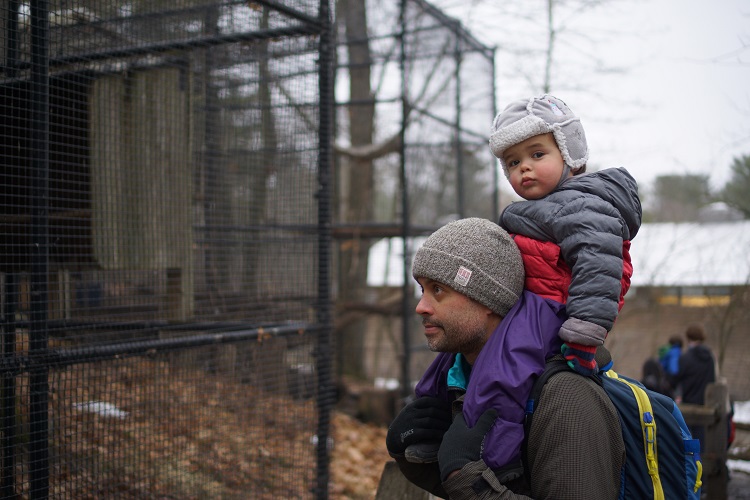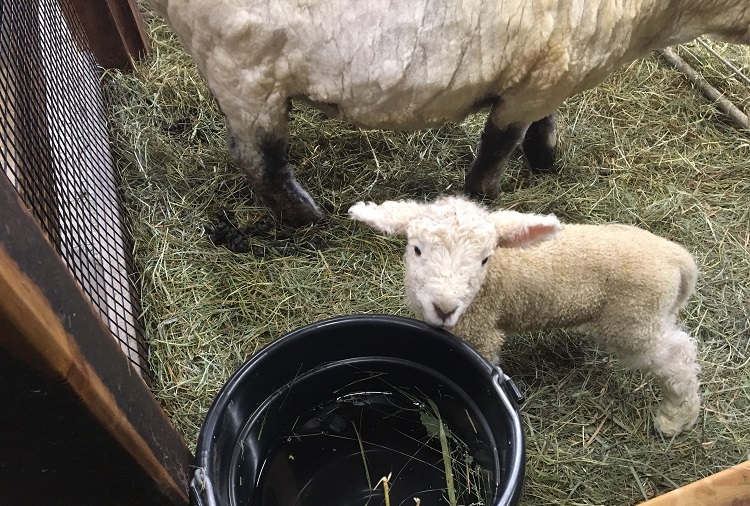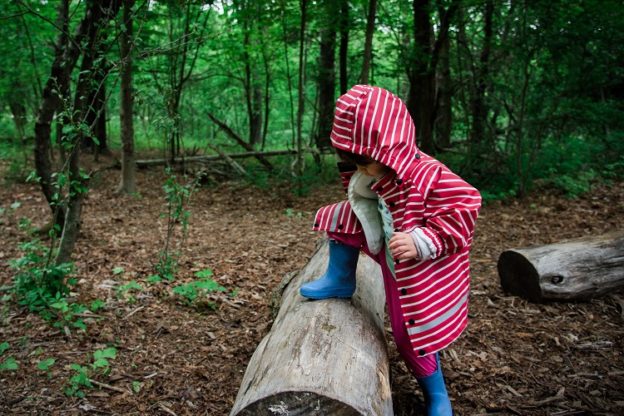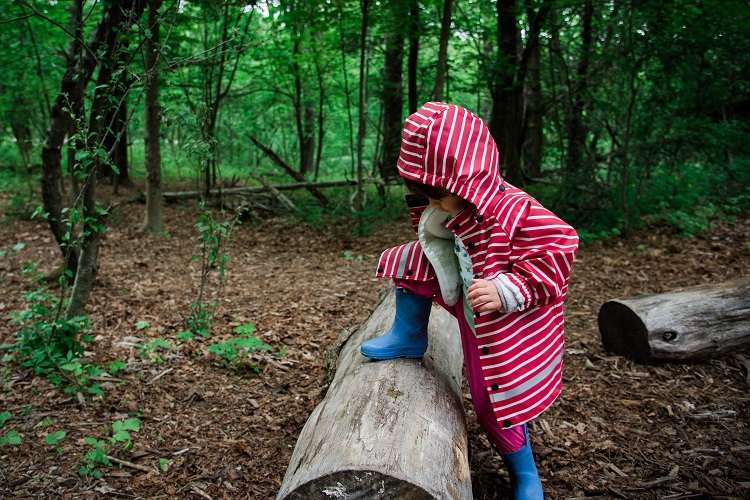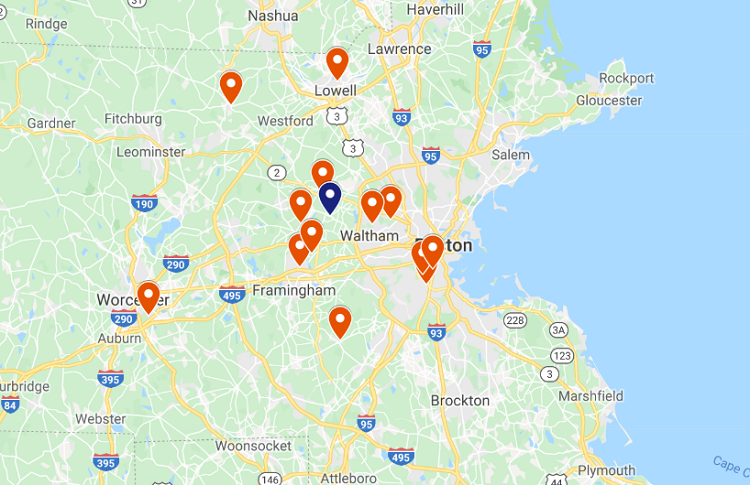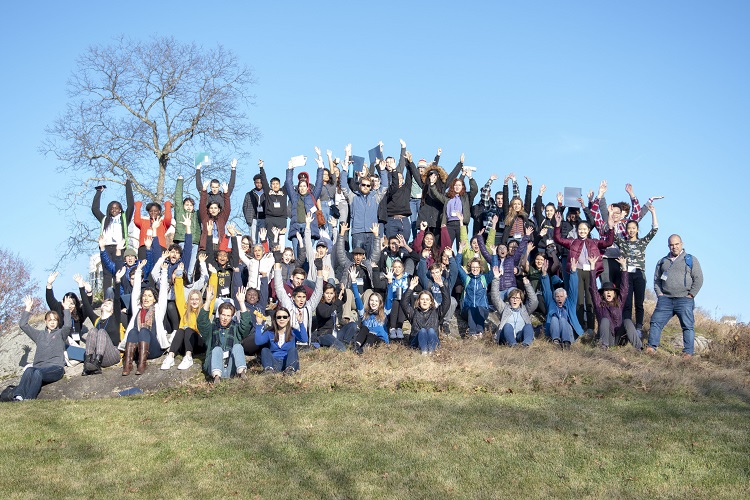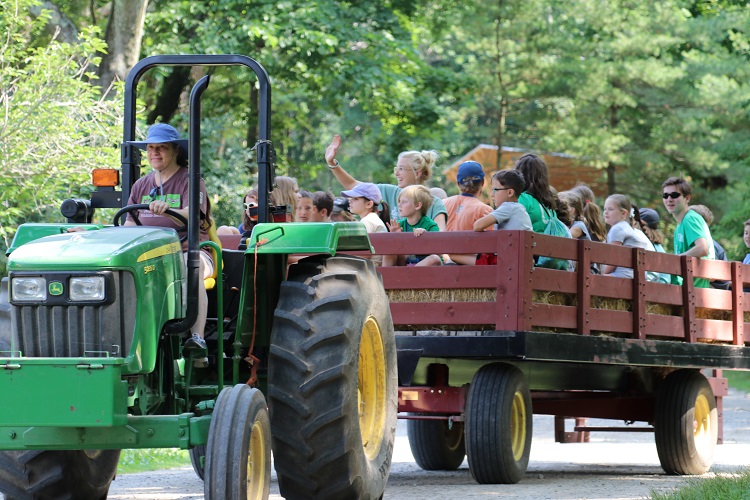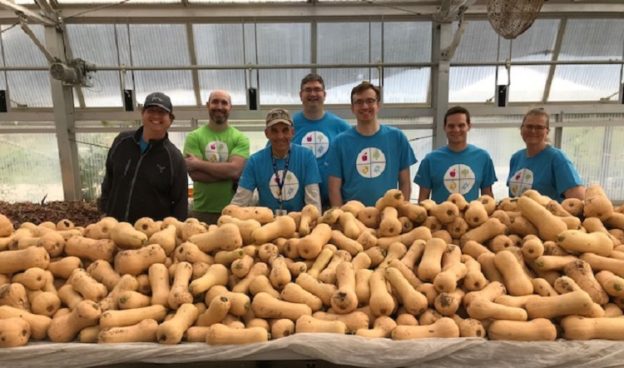August arrives on Saturday, and we’ve mostly finished establishing crops for the season. What we’re thinking about now is the harvest—when to go after it, how best to move it, and where to put it all. We shifted today’s harvest session from the afternoon to the morning in order to escape the worst of the heat. By 10 a.m., we had lugged around 500 pounds each of potatoes, cucumbers, and summer squash!

Friends & Family Volunteering
We were joined by my sister’s youngest, Bea, and it has been a joy for me to work with both Margot and Bea over the past two days. However, it’s time for Margot to prepare for college, so after two months of some of the best volunteer help imaginable (more than 50 hours per week!), we need to say our goodbyes. It’s fitting that on Saturday morning Margot taught Paige how to install deer fencing around a crop. Over the years, volunteer Fred has taught many Drumlin farmers how to do this job, including Jill and Margot, and together, the two of them have done all the fencing of strawberries and corn this year. But on Saturday, with Jill at market, Margot took on the instructor’s role, and together with Paige, they made sure the second planting of corn got protected. Thanks Margot for all your great work since the end of May (and during the previous three seasons), and to Bea for your help hauling heavy crops on this the hottest day of the year! And thanks as always to the farm team for warmly welcoming my family members into our group.
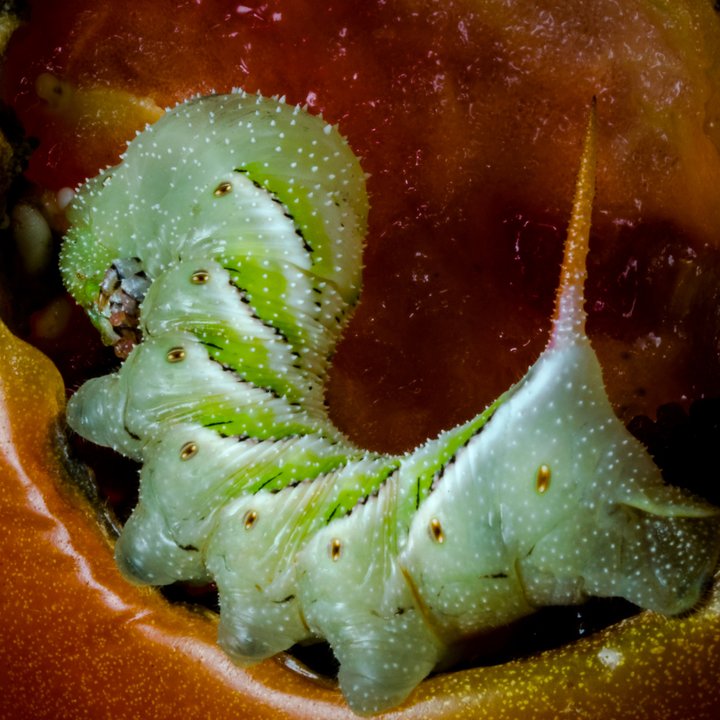
Combating Deer & Tomato Hornworm
All that fencing we’re doing is a response to the growing deer population on the sanctuary and the damage they’re causing. They’re even getting into the hoophouse through the side vents! We were installing a deer barrier around the second chard patch on Thursday afternoon when a lightning storm surprised us and delivered a much-needed soaking to the fields—the last significant rain had fallen on July 5. We admired the storm from the hoophouse where the cherry tomatoes have almost reached the ceiling. The plants are producing lots of fruit now, but are also being munched by tomato hornworms—snake-thick caterpillars filled with an alarming amount of goo. They are well-camouflaged amongst the vines, and finding and removing them has become a bit of competition amongst us. Jack got 13 today—impressive!

More Crops on the Horizon
We are half-way through the onion harvest thanks to the continued good work of the afternoon community volunteer groups. Friday’s group helped us harvest beans and mini eggplant for market before crating up the first storage onions of the season. Some of those volunteers then stayed into the evening to cut flowers for sale the next day at Drumlin’s farmstand. Saturday’s volunteers planted collards and storage kohlrabi—the last of the fall brassicas. They also weeded beans and carrots in addition to harvesting more storage onions. We finished the day’s work by hoisting the shade cloth up and over the greenhouse where the onions are drying. By the end of this week, the greenhouse will be completely filled with onions, and we’ll be wondering where to put the last of the lettuce seedling trays. Also, by the end of the week, we hope to harvest the first watermelons and full-size Italian eggplant of the season.
Your Farmers


